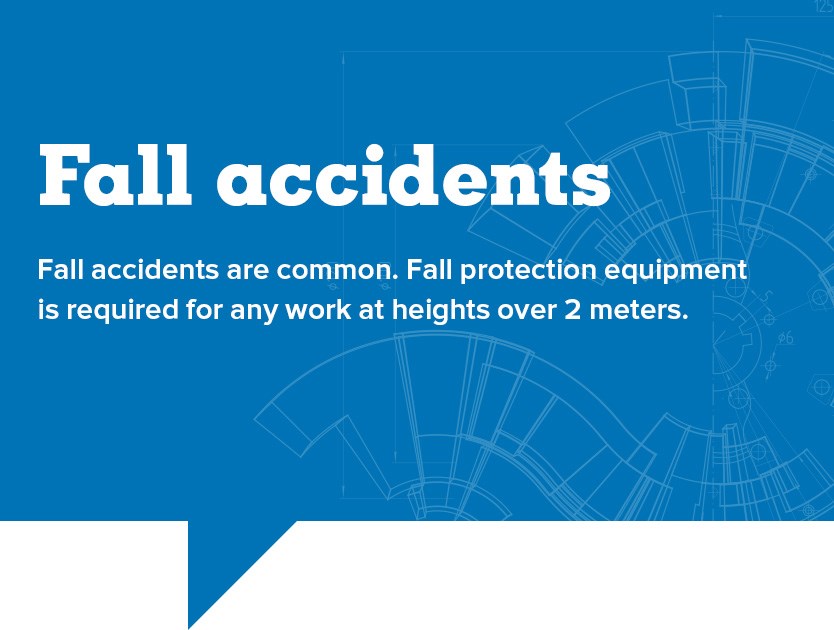
There is always a risk of falling when working at heights. The construction and real estate sectors have far too high an accident rate; Industry, Wind Power, Agriculture and Civil Engineering are other industries that are commonly affected. The outcome is often serious. To prevent fall accidents, Ahlsell wants to contribute increased knowledge of protection and safety on site.
Protective equipment needs to be used the right way and in the right environment to fulfill its purpose. An annual inspection is also important to ensure that all equipment has maintained its high quality.


Javascript is disabled in your browser. For full functionality, we recommend that you turns on Javascript